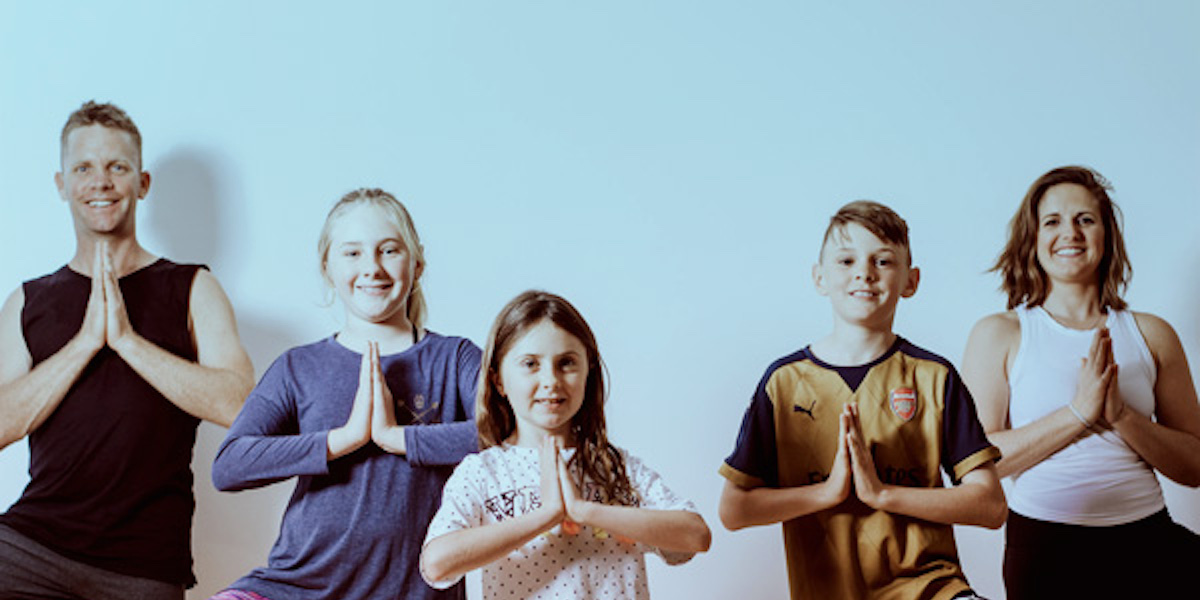04 Mar Three Reasons Why Kids Yoga Improves Happiness

Children today live in a ‘hurry-up’ world of busy parents, school pressures, after-school activities, and a large online presence. Often hurrying our kids to put their shoes on, grab their school bag, quickly finish your dinner.
We usually don’t think of these influences as stressful for our kids, but often they are. This bustling pace of our children’s lives can have a profound effect on their innate joy, this is when kids yoga comes into play.
Yoga can help counter these pressures. When kids learn techniques for self-health, relaxation, and inner fulfilment, they can navigate life’s challenges with a little more ease.
Learning Yoga at an early age encourages self-esteem and body awareness with a physical activity that’s noncompetitive. Fostering cooperation and compassion—instead of opposition—is a great gift to give our children.
Doing yoga, children exercise, play, connect more deeply with the inner self, and develop an intimate relationship with the natural world that surrounds them as opposed to extended screen-time.
How You Can Benefit From Teaching Yoga For Kids
There are a few general things to know that will enhance your experience when teaching yoga to kids:
1. Allow freedom
The greatest challenge with children is to hold their attention long enough to teach them the benefits of yoga: stillness, balance, flexibility, focus, peace, grace, connection, health, and well-being. Children will jump at the chance to assume the role of animals, trees, flowers, warriors. Your role is to step back and allow them to bark in the Dog Pose, hiss in the cobra, and meow in cat stretch.
2. Create an environment
Children need to discover the world on their own. Telling them to think harder, do it better, or be a certain way because it’s good for them is not the optimal way. Instead, provide a loving, responsive, creative environment for them to uncover their own truths.
3. Get creative
As they perform the various animal and nature asanas, engage their minds to deepen their awareness. When they’re snakes (Bhujangasana), invite them to really imagine that they’re a long spine with no arms and legs. Could you still run or climb a tree? In Tree Pose (Vrksasana), ask them to imagine being a giant oak, with roots growing out of the bottoms of their feet. Could you stay in the same position for 100 years? If you were to be chopped down, would that be OK?
Guide your children while simultaneously opening your heart and letting them guide you. If you choose to join them, the teaching/learning process will be continually reciprocal and provide an opportunity for everyone to create, express themselves, and grow together.
Written by Marsha Wenig from Yoga Journal
Why not also incorporate some meditation into your teaching with children? Check out Yogaholics meditation classes.
This article originally appeared in Yoga Journal, see the full article here.
